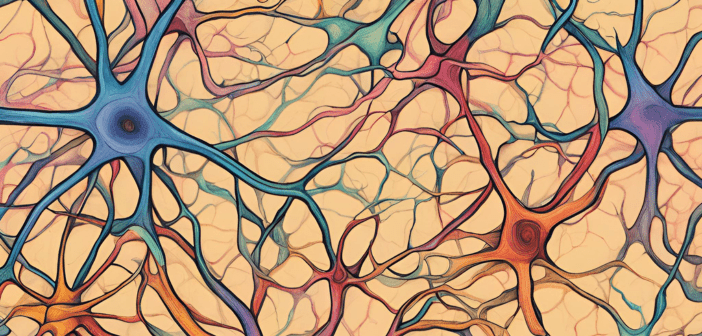Launch of the Lumipulse G GFAP assay: a new tool for neurological research

The assay, which has been launched in the US and is planned to be released in Europe, Japan and other regions as of September 2024, quantitatively measures glial fibrillary acidic protein (GFAP) in human plasma and serum in an impressive 35-minute turnaround time.
Created by Fujirebio (Ghent, Belgium), a subsidiary of HU Group (Tokyo, Japan), the fully automated and user-friendly Lumipulse G GFAP assay is anticipated to enhance research for neurological disorders, including Alzheimer’s disease and multiple sclerosis.
What’s the significance of GFAP? Firstly, it is involved in vital cellular processes in astrocytes including cell movement, cell communication and neuronal protection. Secondly, it is considered an important biomarker for numerous neurodegenerative diseases, not to mention that high GFAP levels are also frequently associated with cognitive impairment and neurodegeneration.
You may also be interested in:
- US Army declares FDA clearance of whole blood rapid assay to assess patients with traumatic brain injuries
- In the Zone: biomarkers and Alzheimer’s disease
- New study reveals potential early warning biomarkers for dementia
The launch further strengthens Fujirebio’s neurodegenerative disease assay menu, complementing previous releases like the Lumipulse G ApoE4 and Lumipulse G Pan-ApoE assays. The addition of the Lumipulse G GFAP assay also satisfies the required regulatory and quality standards to facilitate GFAP routine testing alongside other tests from Fujirebio’s neurological biomarker range .
Fujirebio’s President and CEO, Goki Ishikawa, emphasized the company’s ongoing commitment to transforming neurodegenerative diagnostic tools: “In 2023, we already introduced two new important neuro assays for RUO-based detection of neurofilament light (NfL) and pTau 217. We continue our engagement in biomarker-based testing for neurological diseases with the Lumipulse G GFAP, affirming our commitment to play an essential partnering role in both research and clinical routine.”






